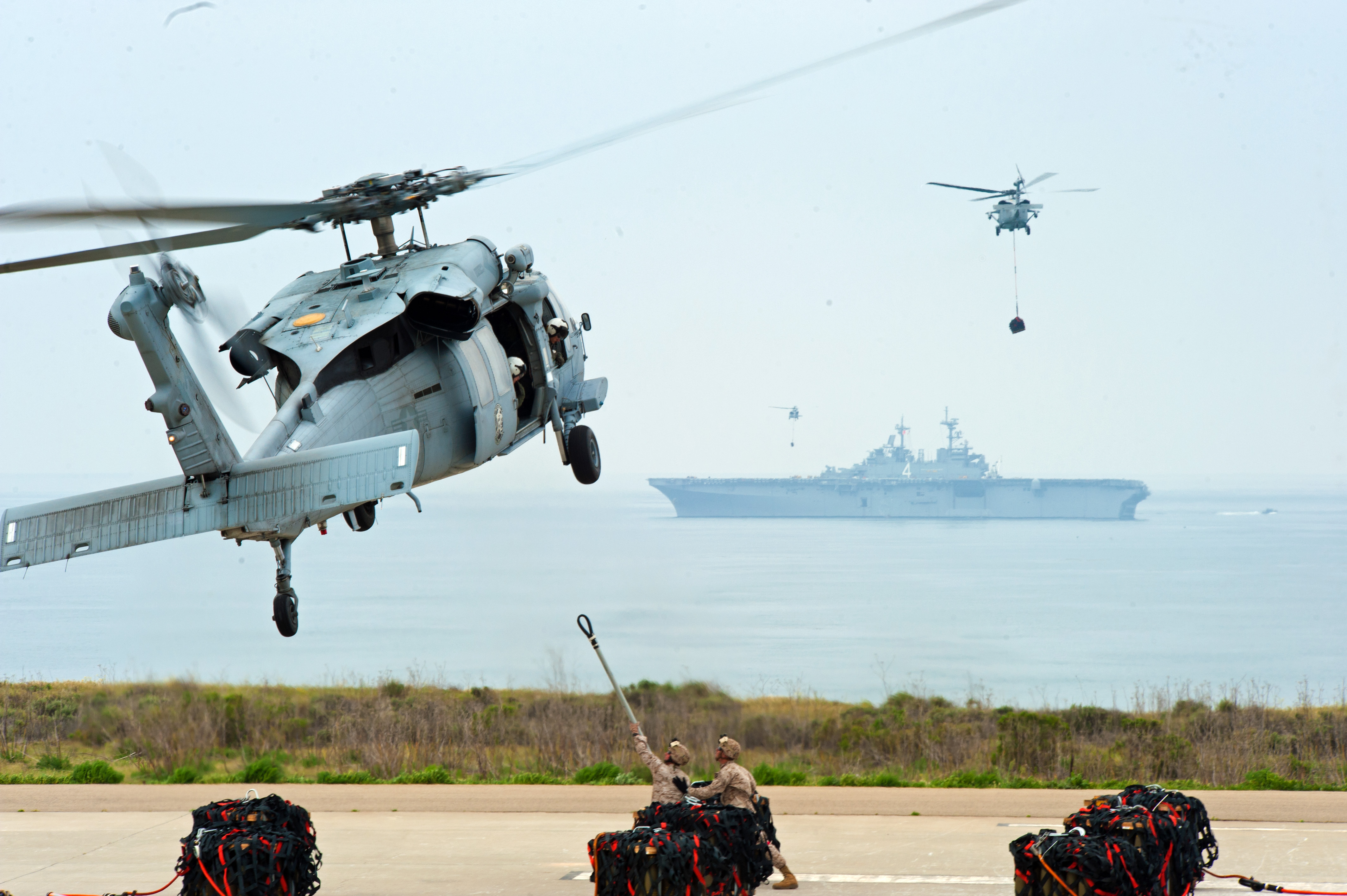 Commissioned in February 1942, then Naval Ammunition Depot (NAD) Fallbrook was constructed next door to the community of Fallbrook, a sleepy agricultural town just east of the huge Marine Corps base at Camp Pendleton, in the northwest corner of San Diego County. After World War Two, the depot was placed in a reduced operational status until the beginning of Korean hostilities in 1950. In 1958, NAD Fallbrook was designated an annex of Naval Ammunition and Net Depot, Seal Beach. On October 1, 1997 the Navy’s ordnance handling installations were reorganized, with now Detachment Fallbrook reporting to the present Naval Weapons Station Seal Beach.
Commissioned in February 1942, then Naval Ammunition Depot (NAD) Fallbrook was constructed next door to the community of Fallbrook, a sleepy agricultural town just east of the huge Marine Corps base at Camp Pendleton, in the northwest corner of San Diego County. After World War Two, the depot was placed in a reduced operational status until the beginning of Korean hostilities in 1950. In 1958, NAD Fallbrook was designated an annex of Naval Ammunition and Net Depot, Seal Beach. On October 1, 1997 the Navy’s ordnance handling installations were reorganized, with now Detachment Fallbrook reporting to the present Naval Weapons Station Seal Beach.
Unique among most naval weapons facilities, Detachment Fallbrook is located 9 miles inland. Ammunition is transferred to and from ships by a process known as Vertical Replenishment, or VERTREP. In this operation, ammunition is taken by truck from a magazine on base to a helicopter pad located inside Camp Pendleton. From there MH-60S Seahawk helicopters pick up the load and transfer it to the receiving ship waiting several miles off the coast. In this manner, large vessels such as amphibious assault ships can be loaded without leaving their primary Southern California operating and training areas.
Detachment Fallbrook is also home to the only West Coast Air-Launched Missile Production and Storage Facility. Here air-launched missiles are inspected, maintained and re-certified. Overall, the installation stores munitions with a monetary value of approximately half a billion dollars.
Many endangered or threatened species, including the Stephens' kangaroo rat, the California gnatcatcher, the least Bell's vireo, the western arroyo toad, and the southwestern willow flycatcher, share the base with their Navy neighbors.